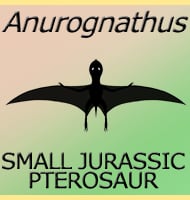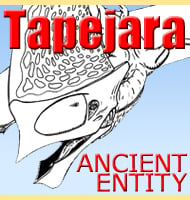Comodactylus
In Depth Not much can be said about Comodactylus because it is only known from a fourth metacarpal, the hyper extended finger that made up the outer trailing edge of the wing. The prooportions of the bones have at least indicated that Comodactylus belongs within the Rhamphorhynchoidea group of pterosaurs, although if the size estimates … Read more

